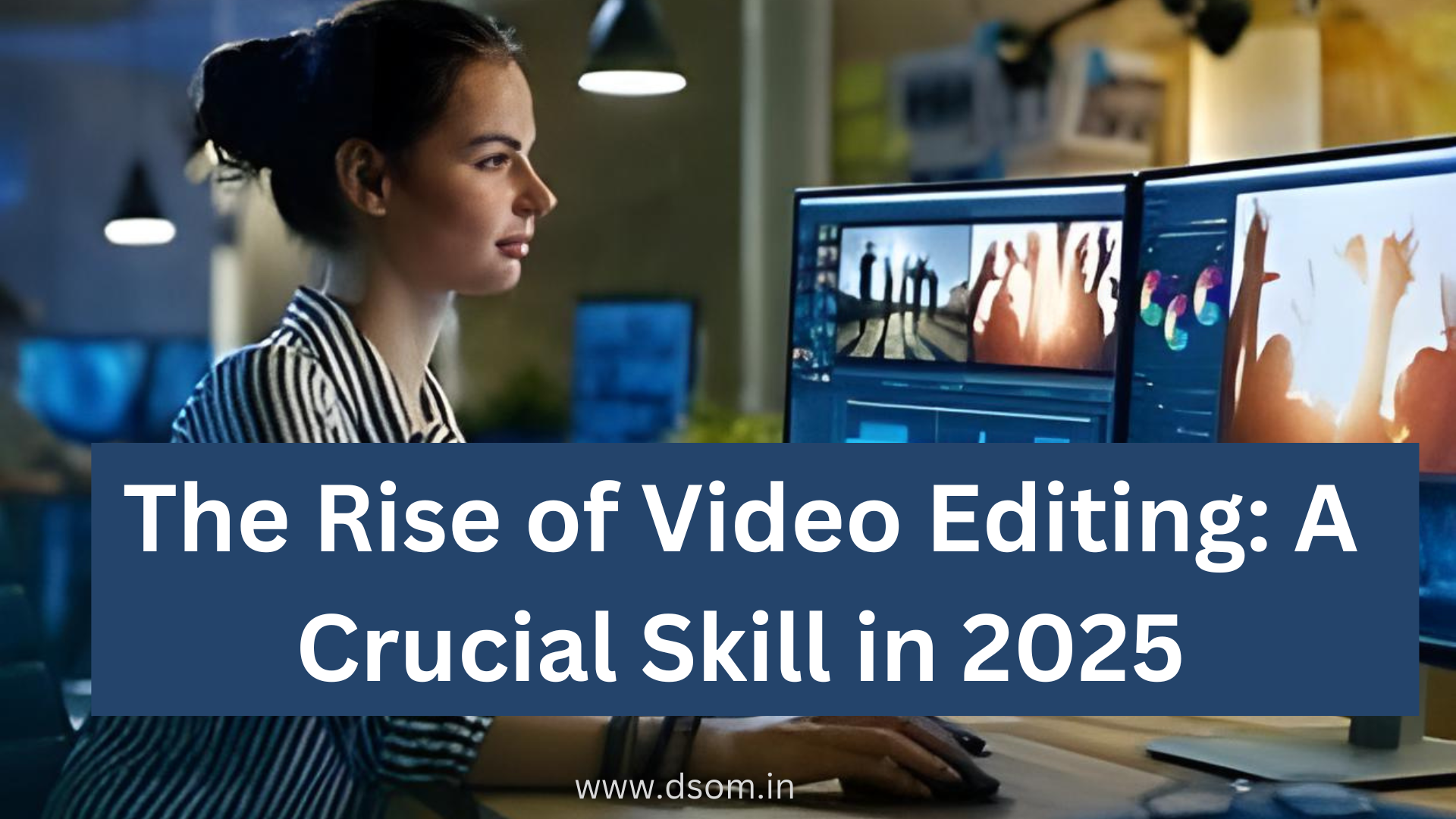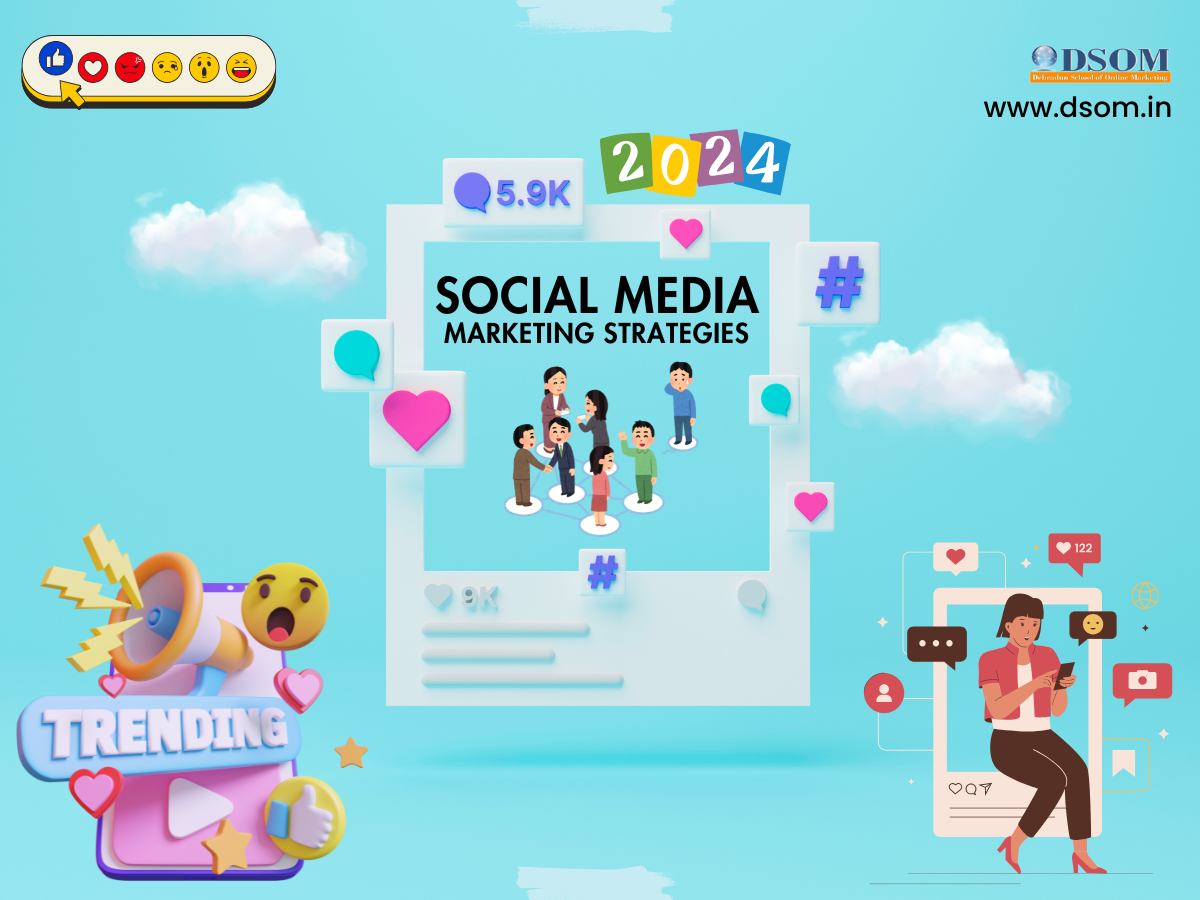Storytelling, as old as firelight and cave walls, is reshaping its tapestry in the digital age. Gone are the days of passive consumption. Today, audiences crave immersion, interactivity, and personalized journeys. So, how are digital storytellers weaving their magic in this dynamic landscape? Let's explore the trends reshaping our narratives in 2024:
1. Interactive Experiences: From Spectator to Participant:
The linear story is fading. Audiences demand to be authors, not just readers. Platforms like Branching Narratives, VR Experiences, and Interactive Videos gamify the journey, allowing users to make choices, explore diverse paths, and witness the ripple effects of their decisions. Imagine exploring a historical event through the eyes of different characters, shaping your own understanding of the past. This is the power of interactive storytelling – it puts the audience in the driver's seat, forging an emotional connection that traditional narratives often struggle to achieve.
2. Hyper-Personalization: Tailoring Tales to the Soul:
Think of a story that adapts to your mood, preferences, and even real-time data. That's the promise of AI-powered personalization. Algorithms analyze user behavior, interests, and past interactions to curate narratives that resonate deeply. Newsfeeds that change based on your current location, interactive fiction that adapts to your emotional state, and music that dynamically alters based on your heart rate – these are just glimpses into the future of personalized storytelling. Imagine a children's book that subtly changes its vocabulary and pacing based on the child's reading level, fostering a unique learning experience. The possibilities are endless, blurring the lines between storyteller and confidante.
3. Immersive Technologies: Stepping into the Story Itself:
Augmented Reality (AR) and Virtual Reality (VR) are no longer futuristic fantasies. They're painting our stories with spatial brushstrokes, transporting us to fantastical worlds or historical moments. Imagine exploring the Pyramids of Giza virtually, walking alongside Howard Carter as he discovers King Tut's tomb. Or, witness the roar of dinosaurs through AR filters, learning about their extinction from their point of view. Immersive technologies erase the divide between the audience and the narrative, forging an unforgettable memory rather than a fleeting entertainment.
4. Micro-Stories: Bite-Sized Adventures for Busy Minds:
Attention spans are shrinking faster than our smartphones. This is where micro-stories come in – bite-sized bursts of narrative packaged in short videos, social media posts, or even text messages. They tell impactful stories in mere seconds, leaving a lasting impression without demanding hours of investment. Imagine a series of Instagram stories capturing the struggles and triumphs of a young entrepreneur, each post weaving a piece of the larger tapestry. Micro-stories are perfect for the fast-paced digital world, capturing fleeting moments and igniting the desire to explore further.
5. User-Generated Content: The Crowd Becomes the Composer:
Gone are the days of the singular storyteller. Today, platforms empower audiences to contribute their own voices, weaving themselves into the narrative fabric. User-generated content, in the form of comments, fan art, or even collaborative writing projects, adds a layer of authenticity and engagement that traditional narratives often lack. Imagine a sci-fi film with a world built by fan artwork, each design contributing to the collective vision. User-generated content democratizes storytelling, fostering a sense of community and shared ownership.
6. Ethical Storytelling: Responsibility in the Realm of Narratives:
With great power comes great responsibility. Digital storytellers are increasingly aware of the ethical implications of their craft. Inclusivity, diversity, and representation are not just buzzwords; they're guiding principles. From tackling social issues with nuance to accurately depicting marginalized communities, ethical storytelling strives to create narratives that reflect the complexity of the real world. Imagine a historical drama that portrays LGBTQ+ figures authentically, challenging prejudices and promoting understanding. Ethical storytelling fosters empathy and bridges societal divides, using its power for good.
7. The Rise of Audio: Lending Ears to the Untold:
In a world saturated with visuals, audio storytelling offers a refreshing respite. Podcasts, audiobooks, and immersive soundscapes are captivating audiences with their raw emotional power. The human voice, with its nuances and inflections, creates a powerful intimacy that visual storytelling can struggle to match. Imagine a podcast series following a war correspondent embedded in a conflict zone, bringing the listener face-to-face with the realities of war through their firsthand account. Audio storytelling allows us to connect with emotion on a deeper level, offering a new dimension to the power of narratives.
8. Blockchain for Narratives: Trust and Transparency in the Storytelling Ecosystem:
As the digital landscape evolves, concerns about ownership and monetization are growing. Blockchain technology, with its decentralized and transparent nature, offers a potential solution. By storing ownership rights and usage data on a secure ledger, blockchain empowers creators and
 How to Turn Your Photos into Ghibli-Style Art with ChatGPT for Free
How to Turn Your Photos into Ghibli-Style Art with ChatGPT for Free Top 10 AI Tools for Plagiarism-Free Content Writing: Boost Your SEO & Digital Marketing Efforts
Top 10 AI Tools for Plagiarism-Free Content Writing: Boost Your SEO & Digital Marketing Efforts The Rise of Graphic Designing in 2025: A Career Guide.
The Rise of Graphic Designing in 2025: A Career Guide. The Rise of Video Editing: A Crucial Skill in 2025
The Rise of Video Editing: A Crucial Skill in 2025 Top 10 Digital Marketing trends in 2025
Top 10 Digital Marketing trends in 2025 Common Mistakes in Digital Marketing and How to Avoid Them 2025
Common Mistakes in Digital Marketing and How to Avoid Them 2025 The Future of Digital Advertising: What You Need to Know
The Future of Digital Advertising: What You Need to Know Social Media Marketing in 2024: Strategies for Maximum Engagement
Social Media Marketing in 2024: Strategies for Maximum Engagement Building a Successful Digital Marketing Funnel: A Step-by-Step Guide
Building a Successful Digital Marketing Funnel: A Step-by-Step Guide 5 ways to make money from home using AI (Artificial-Intelligence) in 2024
5 ways to make money from home using AI (Artificial-Intelligence) in 2024